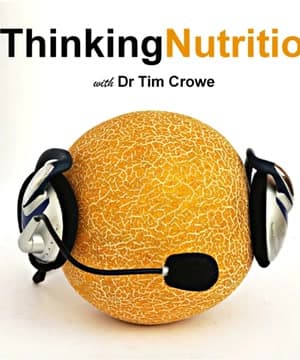addictive foods
Sources:
Addictive foods are often those that are engineered to be hyper palatable, making them difficult to resist and easy to overconsume. Experts discuss various aspects of food addiction:
-
Hyper Palatable Foods:
- Danny Matranga from the explains that hyper palatable foods, which combine multiple flavors and textures (like sweet and salty or crunchy and chewy), are more likely to be addictive. Examples include potato chips which provide a mix of crispiness, saltiness, and fat that a plain potato lacks 1.
-
Impact on Brain and Pleasure Pathways:
- Michael Moss discusses how processed foods exploit our brain's natural dopamine pathways, making them highly rewarding and difficult to resist. These foods do not need harsh chemicals to be addictive, as they naturally activate pleasure centers in the brain. He emphasizes that the prevalence of such foods has changed our eating habits drastically over the past 50 years 2.
- Rich Roll and Dr. Alan Goldhamer discuss how certain food substances like sugar, oil, and salt trigger a dopamine response similar to addictive drugs, contributing to the obesity epidemic and related diseases 3.
-
Statistical Insights on Addictive Foods:
- Tim Crowe highlights research ranking chocolate, ice cream, french fries, pizza, and soft drinks as highly addictive due to their calorie density and palatability. These foods lead to behaviors like binging and cravings, which are similar to those seen in substance addiction 4.
- Chris Kresser on the notes pizza and sugary beverages as top addictive foods and compares them to nutrient-dense, low-calorie foods like vegetables and meats, which are less likely to be overconsumed 5.
Overall, the consensus among experts is that hyper palatable, processed foods drastically affect our brain's reward system, leading to overconsumption and addiction-like behaviors.
RELATED QUESTIONS-


